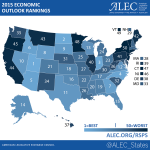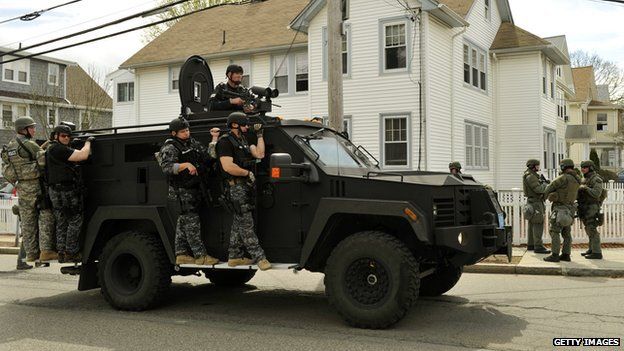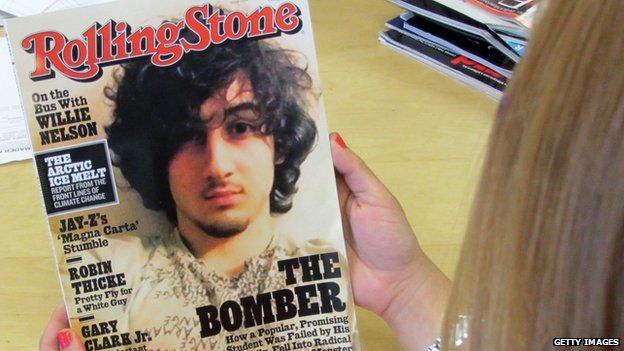The Iranian Supreme Leader, Khamenei is throwing sand in the gear of the P5+1 framework agreement lead by U.S. Secretary of State, John Kerry.
He is not only non-committal on the matter but what is worse he has taken the same posture as the Iranian Foreign Minister, Mohammad Zarif, stating that ALL sanctions must be lifted before anything will go forward. This is a morning after additional dynamic, putting John Kerry and the White House in damage control.
But it is actually worse.
Iran: We’ll Start Using Advanced Centrifuges After Deal Signed
Iran’s negotiator in the nuclear negotiations and its nuclear chief revealed on Tuesday that after a final deal is signed by a June 30 deadline on the framework reached last week, Iran will unleash its most advanced centrifuges for uranium enrichment, threatening a quick turnover in producing a nuclear weapon.
Iran’s semi-official FARS news agency reported on a closed meeting held Tuesday by Foreign Minister Javad Zarif and Atomic Energy Organization of Iran (AEOI) chief Ali Akbar Salehi, in which they briefed members of Iran’s parliament on the deal being finalized.
In their statements, they said Iran’s most advanced IR-8 centrifuges will be used as soon as the deal removing world sanctions against Iran begins.
The report noted the two said the advanced centrifuges enrich uranium 20 times faster than the current IR-1 models, meaning they would radically reduce the breakout time needed for Iran to obtain a nuclear arsenal.
In the meeting Zarif and Salehi told the parliament “that the country would inject UF6 gas into the latest generation of its centrifuge machines as soon as a final nuclear deal goes into effect by Tehran and the six world powers,” according to the report.
“The AEOI chief and the foreign minister presented hopeful remarks about nuclear technology R&D which, they said, have been agreed upon during the talks, and informed that gas will be injected into IR-8 (centrifuges) with the start of the (implementation of the) agreement,” Iranian MP Javad Karimi Qoddousi was quoted as saying by the site.
Qoddousi also said the Iranian foreign ministry will present a “fact sheet” showing Iran’s version of the agreement to parliamentarians in the next few days.
Iranian and US versions of the framework have shown numerous contradictions, with the issue of advanced centrifuges being primary among them.
The US version claims Iran agreed to not use its advanced centrifuges, including IR-2, IR-4, IR-5, IR-6 or IR-8. However, the Iranian text says “on the basis of solutions found, work on advanced centrifuges shall continue on the basis of a 10-year plan,” apparently contradicting the American version.
This point is crucial, as experts have anticipated that under the deal Iran will be able to develop its centrifuge technology and reach a point where it can make a three week dash to obtain a nuclear weapon.
Israel has pointed out that of the 17 states with peaceful nuclear programs, none enrich uranium as Iran is being allowed to continue doing by the deal.
The statements come after US President Barack Obama admitted in an interview that as a result of the deal, Iran will be able to reach a “zero” breakout time by 2028, meaning it could produce nuclear weapons immediately whenever it wanted to.
Some interesting notes:
1. Iran collectively owes an estimated $119 billion in restitution for past terror acts and refuses to pay it stating the Foreign Sovereignty Act.
2. Iran also states that there will be no monitoring of their facilities.
3. The base line standard on the Iranian nuclear program performed by the IAEA was so long ago that a current report on the uranium enrichment and centrifuges is impossible to report.
4. The inspections mentioned in the recent framework are to be performed by the United Nations Security Council, who are not only not qualified, but Russia has a veto vote on that council.
Meanwhile, the White House has taken to a satire agenda, mocking Israel. This does not make for good policy, good governance or good relationships. Shame on the Slight (White) House.
White House tweet pokes fun at Israel on Iran nuke deal
The White House is taking another swipe at Israeli Prime Minister Benjamin Netanyahu, defending the Iran nuclear deal by posting a diagram of a nuclear bomb on Twitter similar to one used by the Israeli leader to warn against an agreement.
The administration’s tweet of a cartoon bomb is accompanied by a list of consequences of not striking a deal, including “resumed production of highly enriched uranium” and “no limits on stockpile of enriched uranium.” The supposed benefits of a deal include “no production or stockpile of highly enriched uranium.”
The sketch closely resembles one held up by Mr. Netanyahu during a speech in 2012 at the United Nations, when he warned that Iran’s push to develop a nuclear weapon must be stopped at all costs. His drawing of a bomb included a red line at the top to show how close Iran was to completing a nuclear device.
The White House diagram also includes a red line and proclaims, “Under the framework for an Iran nuclear deal, Iran uranium enrichment pathway to a weapon will be shut down.”
Mr. Netanyahu is an outspoken opponent of the framework agreement announced last week, in which sanctions against Iran will be lifted in exchange for scaling back Tehran’s nuclear program. President Obama’s push for an agreement with Iran has raised tensions in what was already an uneasy relationship with Mr. Netanyahu.



